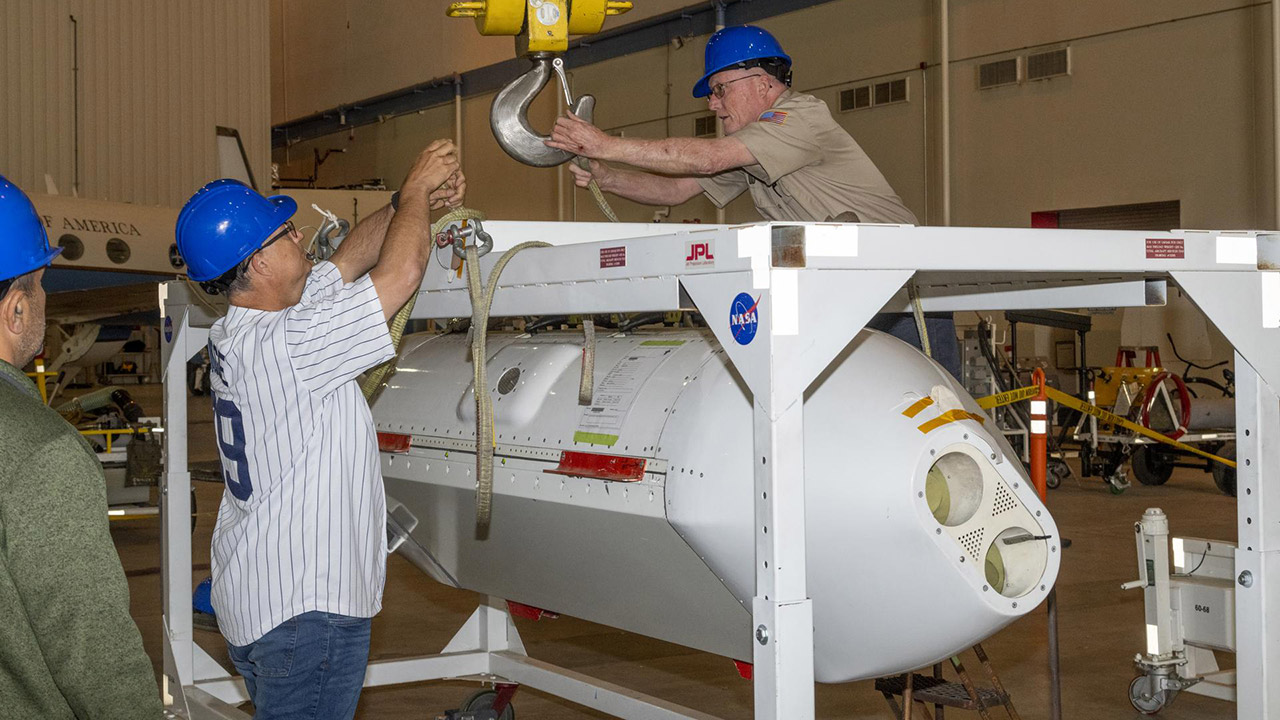
It’s no G700, but NASA’s C-20A is a Gulfstream III business jet unlike any other, designed to study extreme weather events. This military version of the aircraft is essentially a flying laboratory and was most recently used to fly over areas affected by Hurricane Milton.
After the event, C-20A was equipped with an Uninhabited Aerial Vehicle Synthetic Aperture Radar (UAVSAR) instrument to collect detailed data about the affected flood areas. This tool uses a technique called interferometry to detect subtle changes to Earth’s surface, or more specifically, the intersection of multiple wavelengths to make precise measurements. This detection system enables researchers to measure terrain changes or impacts before and after an extreme natural event.
- Due to platform compatibility issue, the DJI Fly app has been removed from Google Play. DJI Neo must be activated in the DJI Fly App, to ensure a...
- Lightweight and Regulation Friendly - At just 135g, this drone with camera for adults 4K may be even lighter than your phone and does not require FAA...
- Palm Takeoff & Landing, Go Controller-Free [1] - Neo takes off from your hand with just a push of a button. The safe and easy operation of this drone...

Photo credit: NASA/Steve Freeman
Our team focused specifically on inland river flooding near dense populations, collecting data that could help inform disaster response and preparation in the future. By all indications, this rapid response to support Hurricane Milton recovery efforts was a successful coordination of efforts by science and aircraft teams,” said Starr Ginn, C-20A aircraft project manager.










